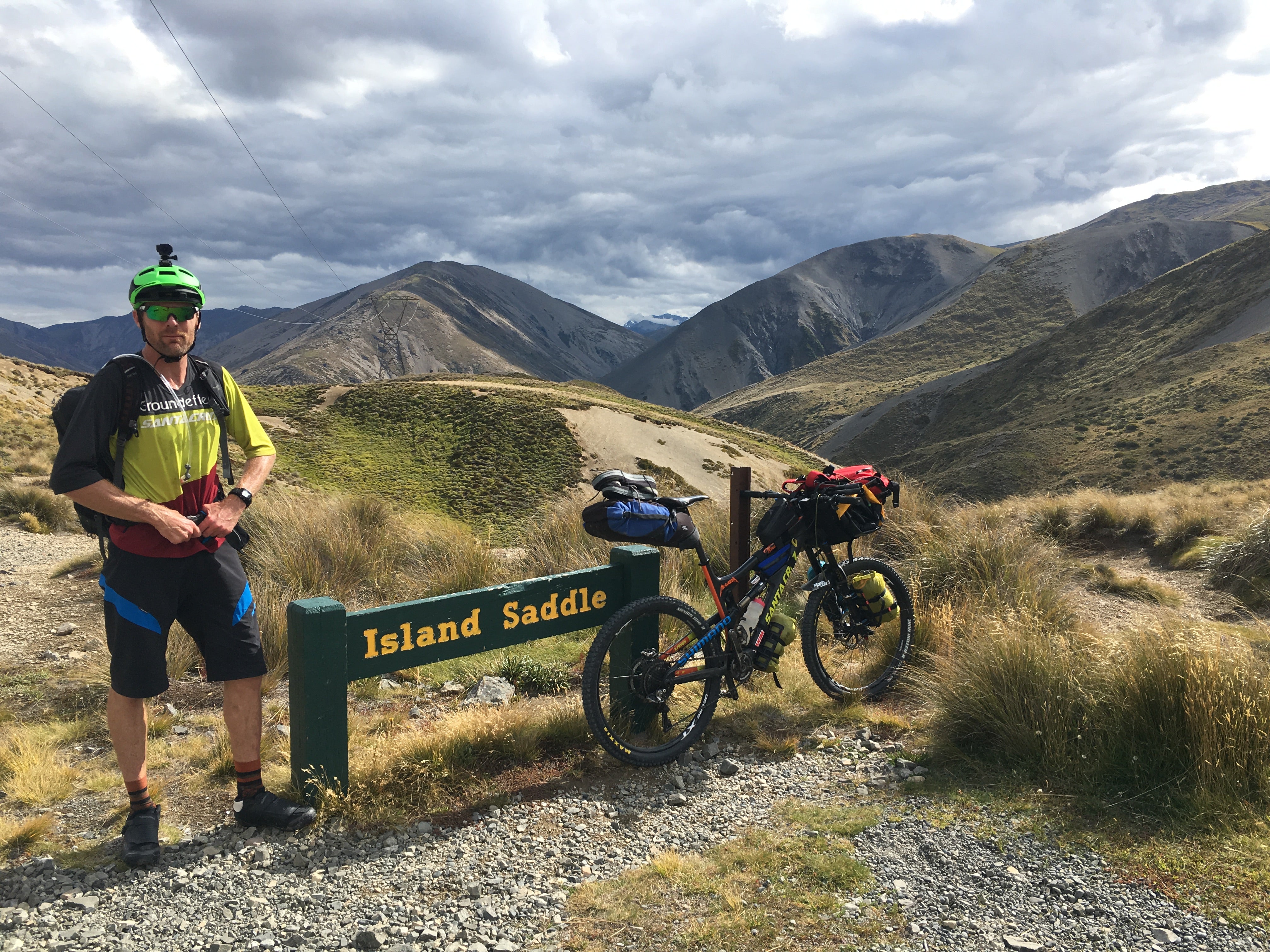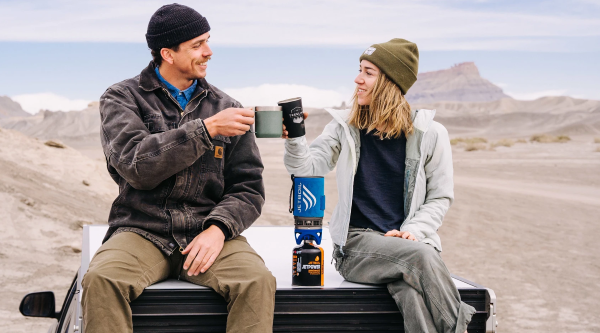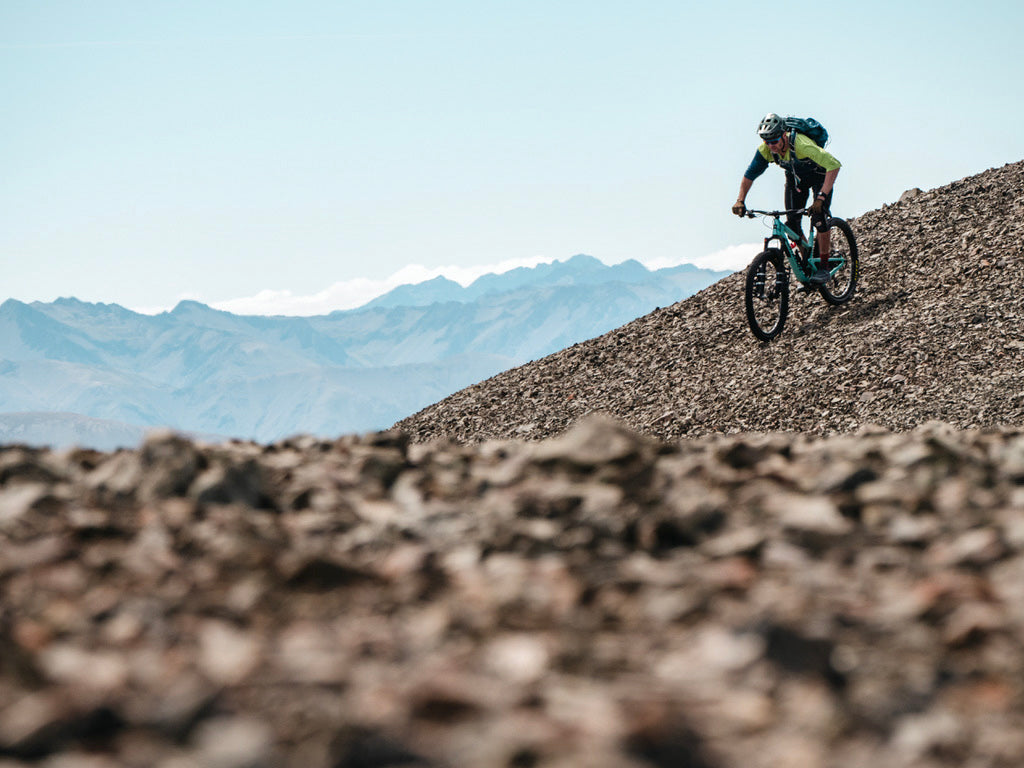10 things I've learned while on Bike Packing Adventures

Damian Stones is a Mountain bike adventurer, Instructor and Guide.
Damian has been involved in mountain biking for 20 years and is Brand ambassador for a number of different companies, including Jetboil. Damian shares with us his Top 10 Tips, for a safe and successful Bike Packing Adventure.
1 - Gear preparation
Taking time to develop a gear list will make it much easier the next time you are getting gear ready late on a Friday night for that early morning start for the weekend mission. Print a list out and physically cross it off when a piece of equipment is packed. I find it easier to lay out gear into groups based on activity, then onto the next activity i.e. what would I need for cooking, what would I wear when packrafting, sleeping equipment, bike repair etc.

2 - Looking after your bike
It seems a simple one, but oiling your chain, checking your brake pads etc. staying on top of your bike maintenance, it's going to last longer and operate way more efficiently and save some mechanical headaches down the line.
3 - Check check check
Checking your bike packing bags often making sure they are not coming loose when you are rattling down some single track.

4 - Keeping simple stupid ..... can it be fixed with a zip tie?
I am a big fan of a simple bike-packing setup when it comes to backcountry missions. My main rule of thumb is any bike packing bag that is attached to my bike can be fixed easily in the field and has no special plastic or metal attachment parts that can't be repaired or re-attached with a spare strap or zip tie or taken off and put into a backpack.

5 - Going too far with bike packing bags
This tip depends on trail length, grade and the intended purpose of the trip. Do I need all my gear on my bike? Or, can I spread it across bike bags and a backpack? Having all the equipment carried on the bike will start to affect how well your bike is going to perform, such as suspension, braking and then your bike control which affects your capabilities.

For example, the Old Ghost Road or Heaphy Track are 2- 3 day rides, a simple set-up of a handlebar roll bag and a backpack is ample enough room to cover a 2-3 day ride. For myself, I have a fairly small handlebar bag, tube, pumps attached to the frame and the rest of my gear in a backpack.

6 - How good are dry bags?
Your gear doesn't have to be fancy or complicated, the less complicated the less can break. I use dry bags a lot when doing missions, they are super reliable, relatively inexpensive, hard to damage, pack down to nothing and keep your gear dry! The great thing about dry bags is that you can attach them easily to your bike, handlebars and seats etc. There are a few inexpensive solutions on the market to cradle dry bags on forks, which can be attached to any number of different types of bikes.

7 - Mental state
How do I get into an optimal mental state before I go into the backcountry? For me, this starts with preparation, get this right and I can feel confident I have done as much as I can to get ready for the trip.
Below are a few main headings I would cover.
- Research
- Team members
- Gear
- Physical fitness and capability
- Training
- Review and evaluate
The point "reviewing and evaluation" is super important. Do I and the team have the hard skills for this grade of the trip, or are there more questions than answers? If you can't answer this go back to the top of the list "research." This could involve going to good reliable sources of information that are not necessarily found on the internet either, it could be talking with an outdoor instructor, white water kayaker, mountain bike skills instructor etc. Outcomes could be, "I need more experience" How? Outdoor courses, go on a guided trip and or reduce the grade of the trip to fit your ability.

8 - What is my 'go-to' cooker?
Well, this depends on the type of trip, location, trail type and the number of people on the trip.
For a quick overnight mountain bike into a backcountry hut on some tech trails, I would take the Stash cooker that is small, mega light and compact and fits well in a backpack. Ideal for your coffee or hot water for a freeze-dried meal and even better, you won't even know you have it in your pack.

For a bike packing trip where you are carrying more equipment on your bike let's say for the Rainbow Road and through the St James trail for 2-3 days I would use the Zip Cooker. This landscape is more exposed to the wind so having the increased wind shielding and thermal protection will improve your boil times for that urgent coffee. I like the shape of the Zip Cooker as I often strap it to a fork leg or frame of my gravel bike using a cradle.

Finally, if I want the ultimate in boiling speed, wind protection and gas efficiency I take the Flash 2.0 Cooker. I find this cooker particularly good for group cooking on multi-day bike rafting trips, MTB guiding, and instructing with schools. Also, it's a great shape because it's tall and narrow so you can slot it down the side of packs or strap it to your bike fork legs.

9 - Topo Maps
It's a no-brainer these days ..... offline topo map app on your phone, spare battery bank and charge cable for your phone!

10 - Never leave home without it
PLB! Buy one or hire it from your local outdoors store.




